Phasmophobia is the best ghost game ever made
Track and ID spooks—then try to get away before they get mad.
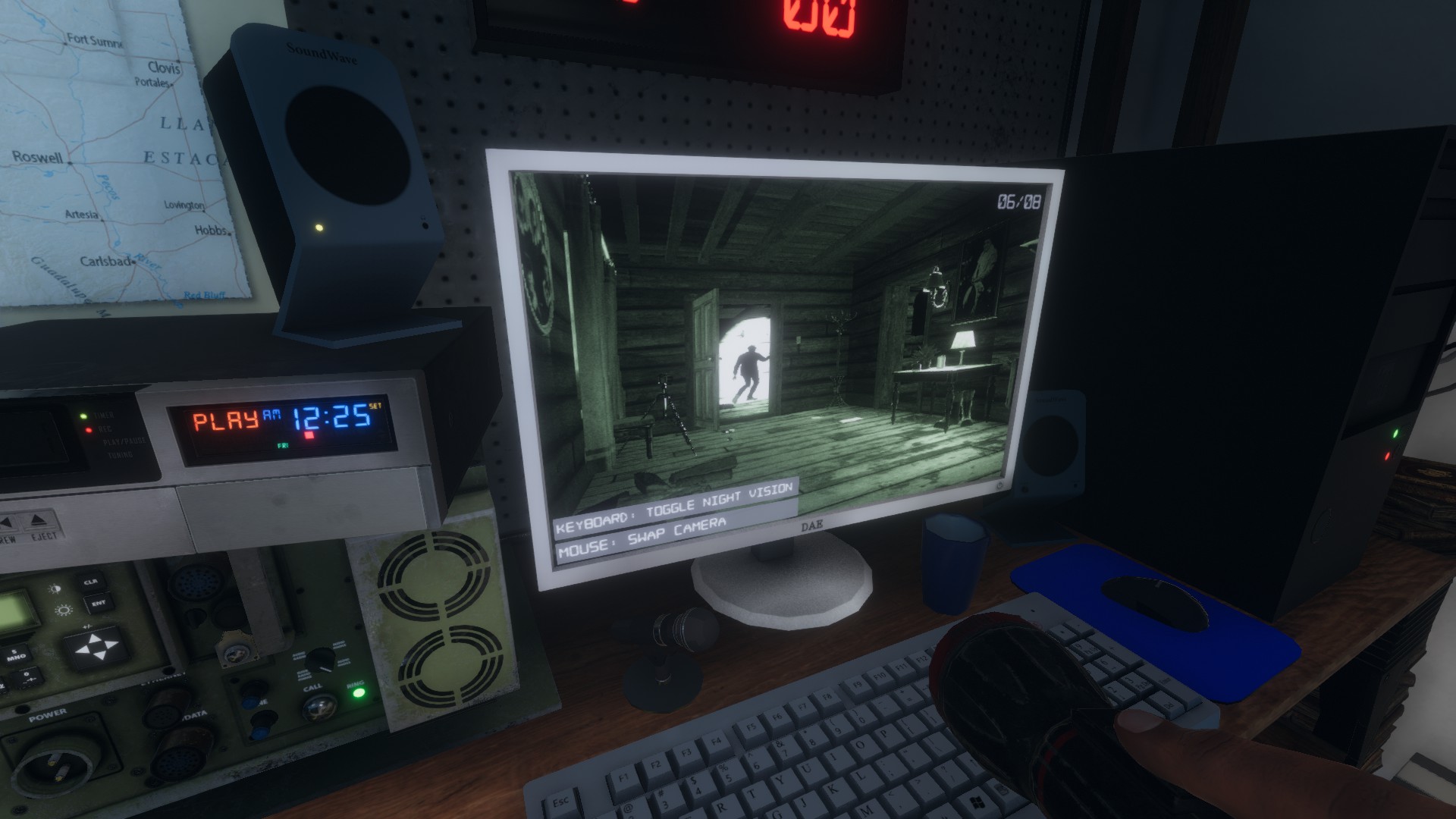
Horror games do not scare me. There are so many that fit under that umbrella, from Resident Evil to Amnesia, and most hit familiar beats: a few good jump scares, the dread of being pursued, nasty monsters and creepy sound effects. I enjoy all of these experiences, but even when things get intense I'm never really afraid.
Phasmophobia is a game that gets into your head. When you're playing the real world doesn't exist. When you stop, some aspect has seeped into reality. This game has left myself and companions not so much stunned as scrambled, jacked on adrenaline and chatting for hours afterwards about what just happened.
The best summary of Phasmophobia would be a detective game about ghosts. You play as one of up to four investigators who go into various locations, from roadside houses to an asylum, and try to identify what kind of spirit it is being haunted by, and then leave. Though there's a serious Ghostbusters vibe here there's no actual busting: you're the pre-Ghostbusters, if you like, solely there to work out what kind of threat this is.
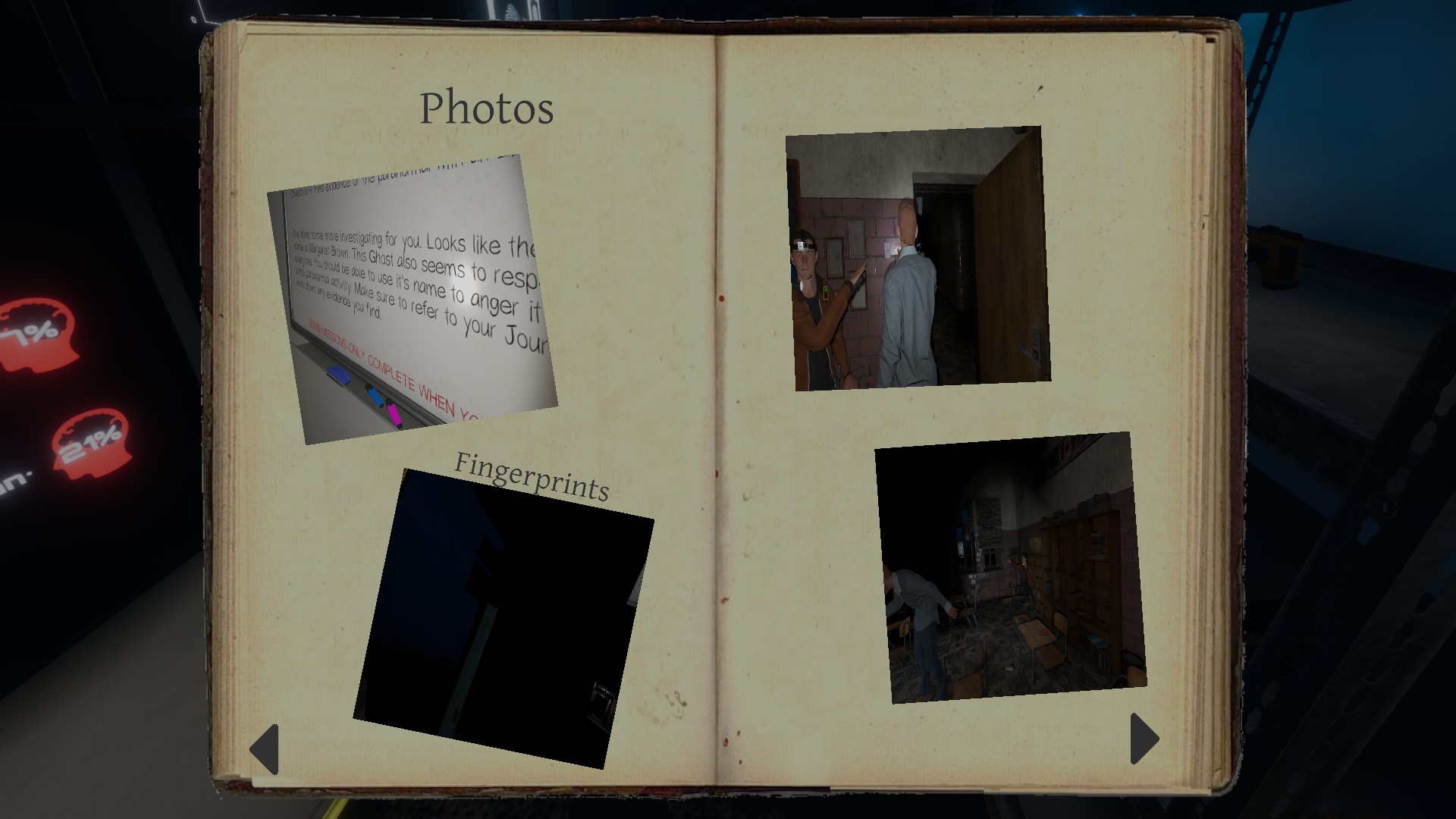
To this end you have various pieces of equipment, all simple in utility, stored in a van that acts as the team's command HQ at each location. There's a flashlight, which nearly always occupies one of your three inventory slots (VR players get four slots, which seems a tad unfair). The EMF reader is the PKE meter by another name, a little box that begins to light up in the presence of ghostly activity. A UV flashlight will show up ghostly fingerprints or footprints. A thermometer detects drops in room temperature.
All of this might make the game sound quite basic, like you just run into a house with an EMF reader, find a ghost, and that's job done. Well, try that the first time you play and good luck. Phasmophobia's genius is that this is a game of restraint and subtlety. Detecting the ghosts is always only a matter of time: the real beauty is that this is just the start.
Phasmophobia's genius is that this is a game of restraint and subtlety.
Phasmaphobia lulls you in with some chilled-out spooks, easy enough to pin down and never a threat, but after that the gloves come off. Finding where a ghost hangs about is one thing—and in the sprawling later levels can be a mortal chore. Finding out what it is? That's a whole other question.
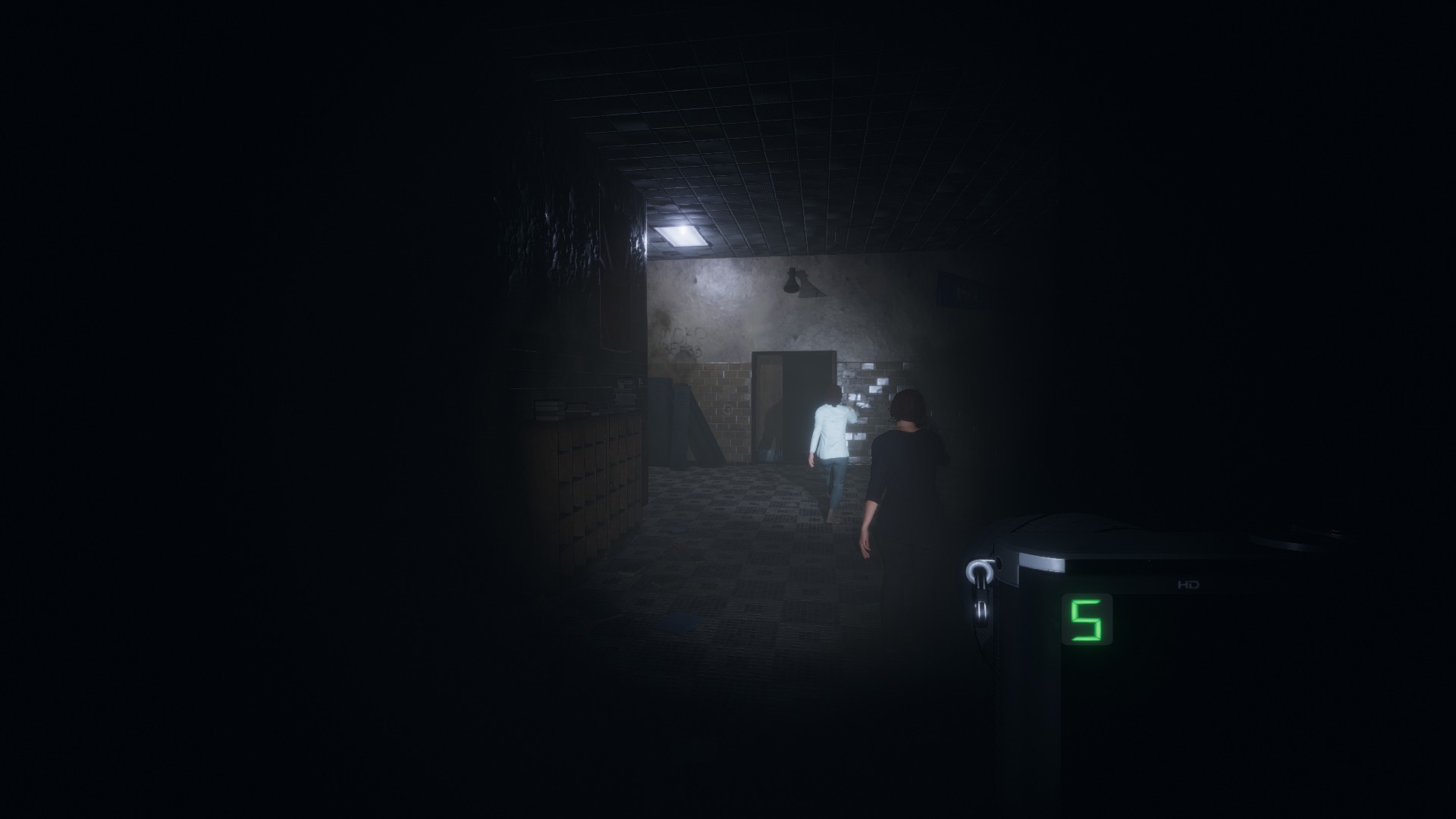
The player character has limits. You can't move fast, you can only carry three items and so, even after working out where a ghost might be, you have to go back into the location multiple times with different equipment. Each type of ghost will (eventually) provide three types of evidence—for example, setting off the EMF at level 5 is one piece of evidence, freezing temperatures are another, and seeing ghost writing would be yet another.
The biggest gaming news, reviews and hardware deals
Keep up to date with the most important stories and the best deals, as picked by the PC Gamer team.
Here's where things start to get fascinating, terrifying, and even exhilarating. The game makes your initial hunts relatively gentle, then the ghosts move up a notch. They start to notice you faster. They'll start to mess with you. Maybe you temporarily lose track of the team, then hear an unmistakeable breath passing close by one ear. Maybe you even see a silhouette for a second.
Phasmophobia's ghost will kill you but, more often than not, they will simply freak you and your team out. I've been coy because talking in-detail about a game like this risks ruining some of its best surprises, but I'll give one example.
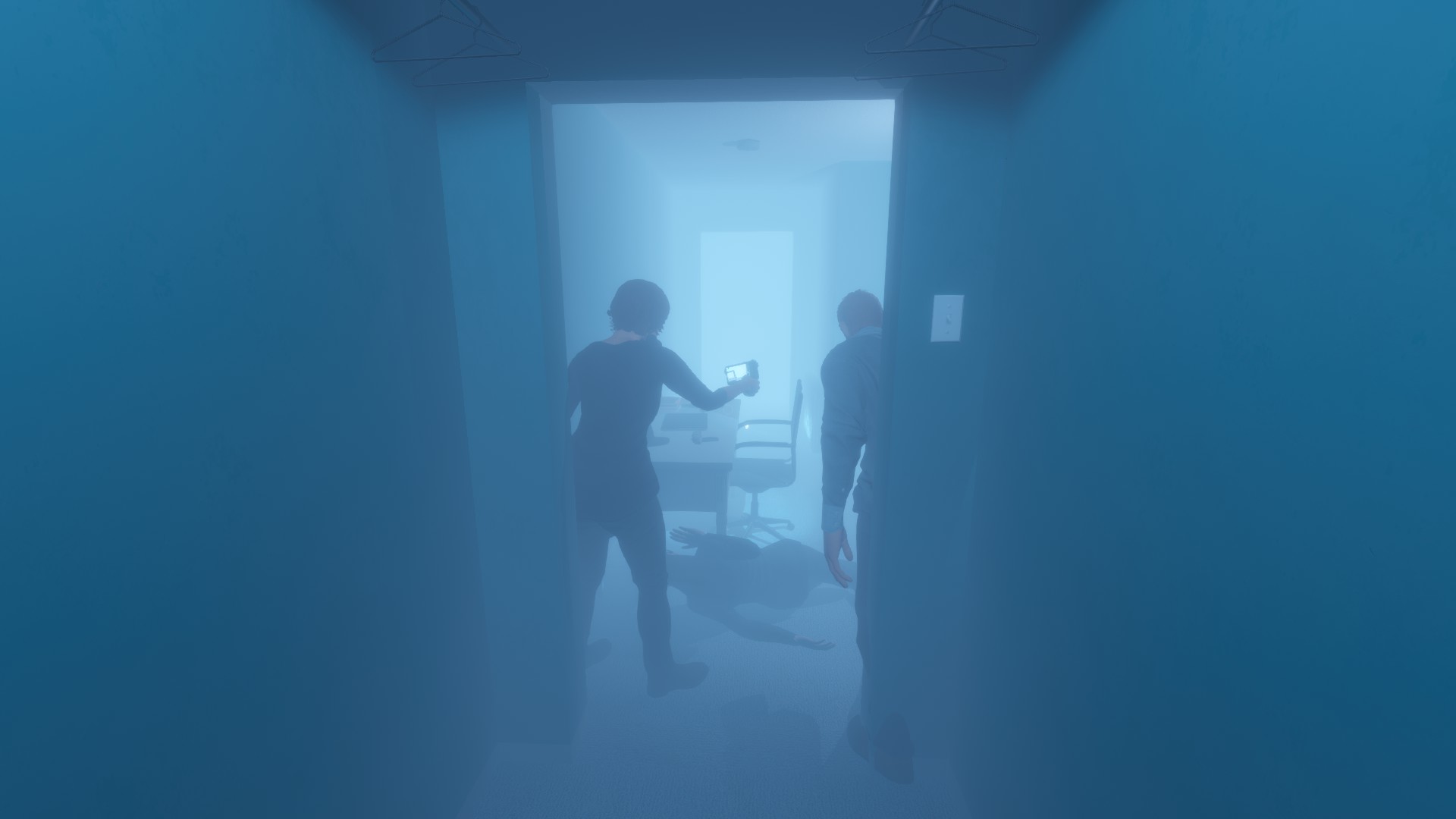
It was a street house. The maps are three street houses, two farmouses, a school (huge), and an asylum (huge and confusing). This was one my team had handled before, and we quickly identified a child's bedroom upstairs as somewhere the ghost favoured.
Maybe you temporarily lose track of the team, then hear an unmistakeable breath passing close by one ear.
As we set up our equipment, something set off the car alarm in the garage downstairs. Two went down while the others finished setting up. They turned off the alarm, and we arranged over radio to meet at the front door. Then the lights started flashing, and we heard the doors lock.
I bravely hid in a cupboard. After a minute or two of radio silence, three of us regrouped but one was now dead in the hall. We went to the van, and went back to the child's bedroom with more gear. As we were setting up, the car alarm went off again. My companions went to turn it off, and I stayed to set up the last bits of gear.
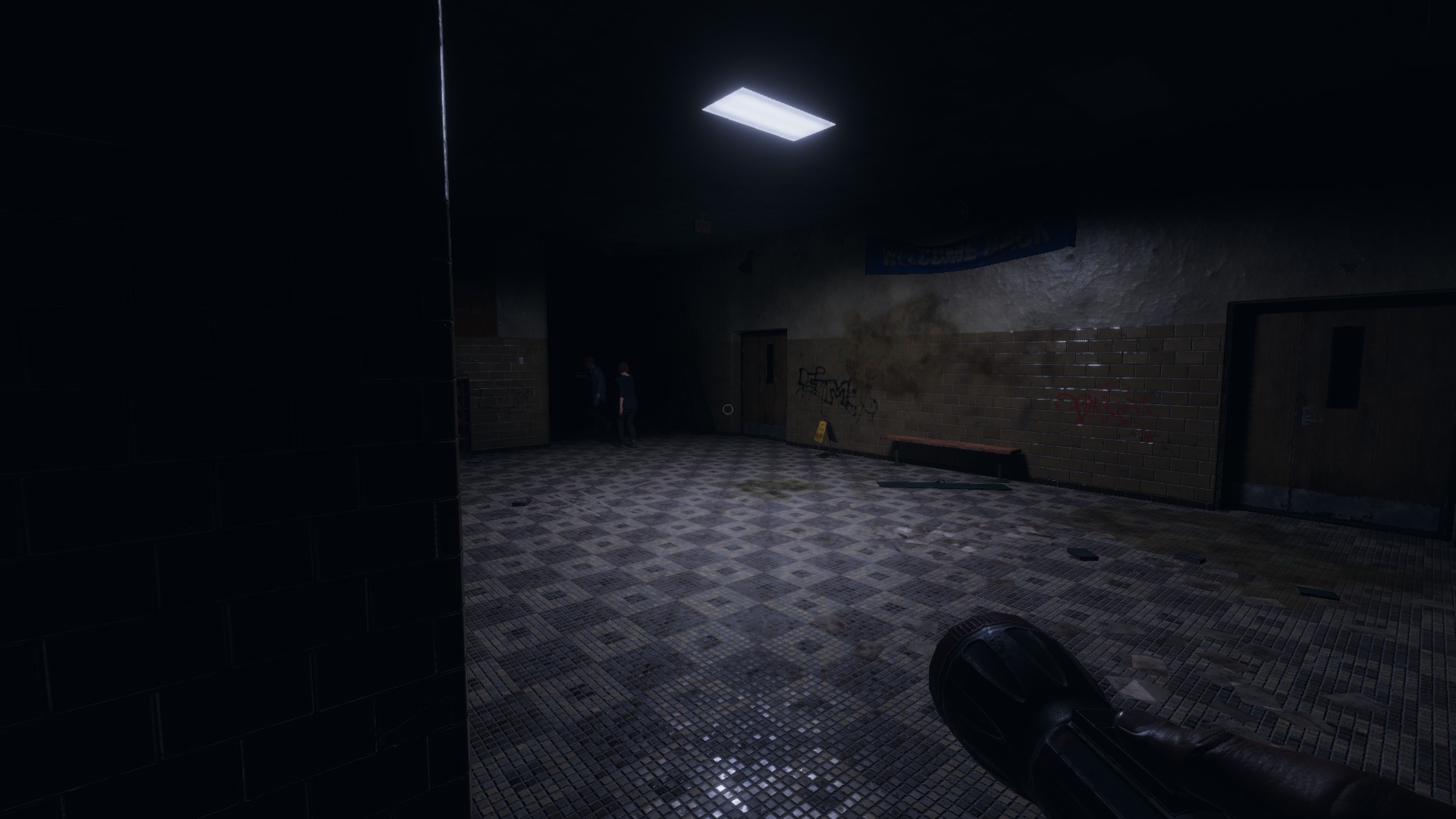
I finished, turned and went towards the door, then saw my breath freeze in front of me. I heard my heartbeat, the lights started flashing, and a toddler's silhouette flashed by the corner of my eye. What exactly happened next I'll leave to your imagination, but once dead you can observe and listen-in to your former companions from a blue-lit realm where you can see the ghost but cannot help any further.
Key to Phasmophobia is the sound design: you have to run voice chat through the game itself, and then there's a local chat and a radio chat option. The difference matters because the ghosts can 'hear' you. In fact, some ghosts will speak to you, and even respond to an item called the Spirit Box that allows you to ask questions.
But the 'hearing' element of the ghosts is so much more than it might seem, because what it seems to do is pick up on the moods of your team. It responds when people are scared and say hasty things like "let's just get out of here." I've seen people try to deliberately provoke it, and get absolutely nothing, then two minutes later when they're isolated for a split-second something shoots from the darkness and rips them apart. I cannot tell you what it's like to hide silently for minutes, then hear someone say "I think it's gone."
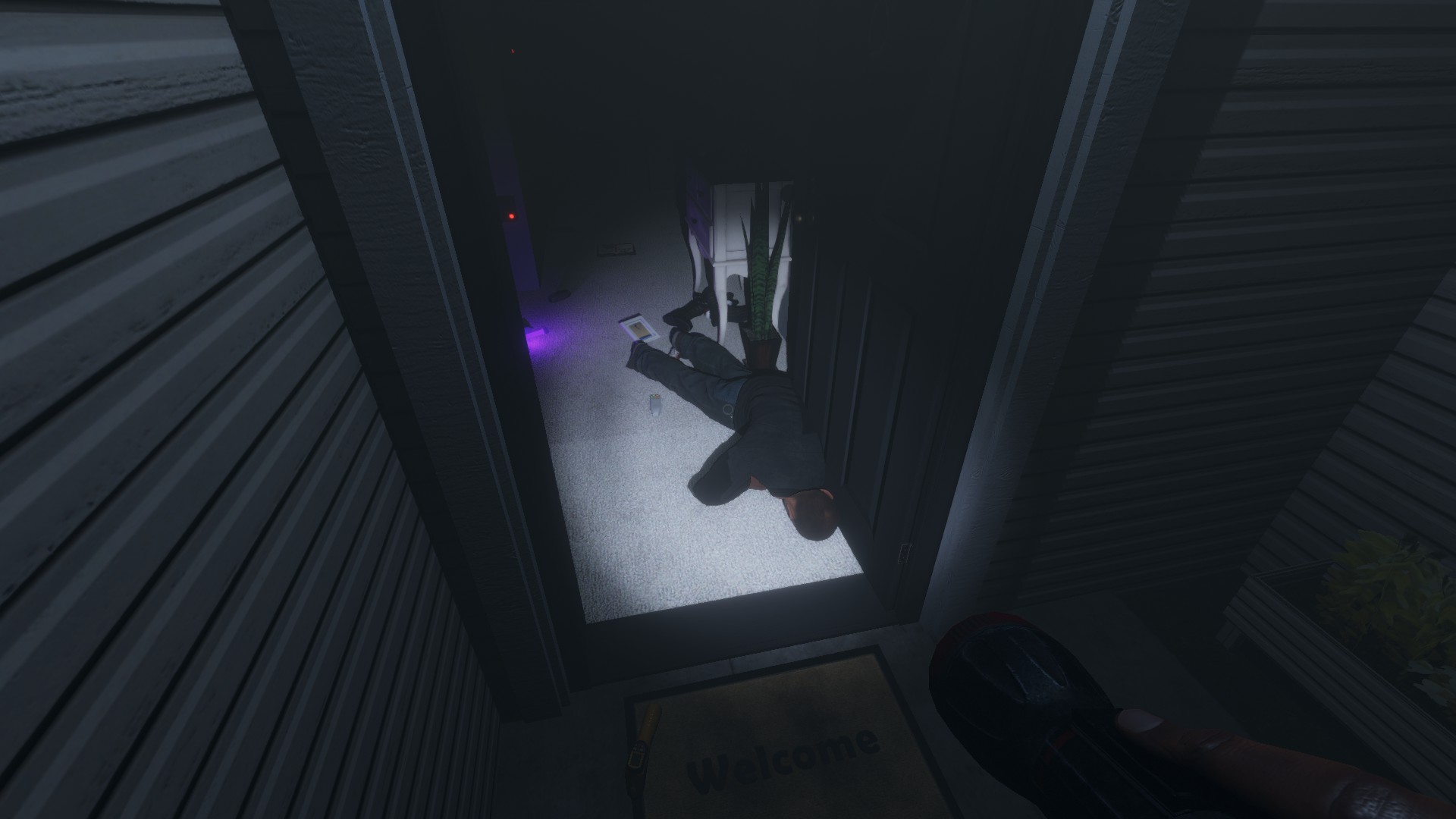
As all of this implies, Phasmophobia's greatness is in the human interactions that it's set up to provoke. It knows that no ghost is ever going to be as scary as the one in your head, and shows real restraint in how it uses small events and subtle clues to build an atmosphere that, at its best/worst, can be absolutely horrifying.
Phasmophobia is an early access game and reflects this: multiplayer works through lobbies, there's a levelling system but no real overarching structure, and it does need the new maps and ghost types which will surely arrive over time.
But the beating heart of this experience is unlike anything else I've played. The experience depends on camaraderie and communication, as well as a decent smack of bravery, and the ghosts will mess with that combination in ways equally surprising and horrifying. Even when you're experienced, even when that first fear of the unknown has passed, Phasmophobia comes up with shit that'll turn you white.
- Phasmophobia crucifix: How to use it
- Phasmophobia spirit box: Questions you can ask
- Phasmophobia smudge sticks: How to use them
- Phasmophobia ghost types: Each scary spirit listed
- Phasmophobia Ouija board: Questions you can ask

Rich is a games journalist with 15 years' experience, beginning his career on Edge magazine before working for a wide range of outlets, including Ars Technica, Eurogamer, GamesRadar+, Gamespot, the Guardian, IGN, the New Statesman, Polygon, and Vice. He was the editor of Kotaku UK, the UK arm of Kotaku, for three years before joining PC Gamer. He is the author of a Brief History of Video Games, a full history of the medium, which the Midwest Book Review described as "[a] must-read for serious minded game historians and curious video game connoisseurs alike."

